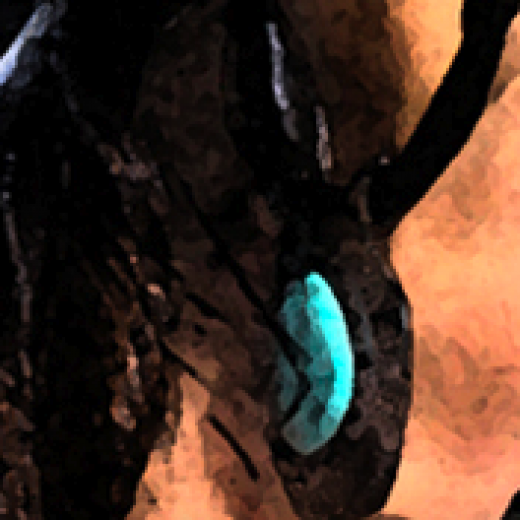Unlocking the Power of Epigraphs: Enhance Your Fantasy Novel’s World Building
 Let’s talk the magic of epigraphs.
Let’s talk the magic of epigraphs.
An epigraph is “a short quotation or saying at the beginning of a book or chapter, intended to suggest its theme.” (Ecosia search engine/Oxford Languages via Oxford University Press)
Epigraphs are a great way to add layers of world building to your novels and can also enhance humor or suspense.
I was talking to one of my client’s recently about her epigraphs for her fantasy novel.
And she asked me if her epigraphs could be things her main character doesn’t know.
“Yes!” I said. And proceeded to give her some examples I’ve created, drawn from my young adult adventure fantasy series, Henrietta The Dragon Slayer.
Here’s a longer list of my epigraph types and examples.
As you read this list, think about the kinds of epigraphs you can include in your story.
Epigraph types and examples
- sayings/ditties/proverbs (Of unknown provenance; The River Sayings; Oro Market Ditty, origins unknown)
- excerpts of songs and odes and chants (From the chorus of the Song of the Dragon Slayer; From Ode One of the Valley version of “Song of the Dragon Slayer; The Weavers of Yore chant; Bleuvian Army chant)
- magical tomes/excerpt from books/manuals (from the Fire Sorcerers Compendium; The Fire Annals, Book IV; Manual of Magics, origin shielded)
- codes of conduct/protocols/laws/treatise (Varangian Warriors Code; Scroll of Oro Island Tea Protocol; Kingdom of Bleuve edict)
- secret messages (Informal spy dispatch to Officers General. Unsealed & orally delivered. Source unreliable.)
- reports (Formal Report to Officers General, Sealed & Delivered)
- poems (From the Lost King cycle; Baraka Poem)
- folklore, myths, and legends/performances (Phoenix Lore; Training Lore, Bleuvian Army; Elasosian Legend; From the tale, The Lion and the Mouse; The Lion and the Mouse Meet for War, Bleuvian Folk Tale; Fragment from the marionette show “The Lion and the Mouse Meet For War” on Champion’s Day in the Kingdom of Bleuve; How the Stars Came to Be, Bleuvian Tale)
- children’s rhymes/tales/warnings/parables (Child’s rhyme from the Skye Mountains; Warning to little children from the Skye Mountain villages)
- ancient scroll fragments (From fragments of the Emerald Incantata Scroll)
- hearsay (Two traders overheard at a RiversPort Inn; From the whisperings of a madman; Volcano Witches Spying on Paulette)
- portents or dream snippets (Baraka’s Shaman’s Dream)
- forgotten or lost bits of culture (Song of the Dragon Slayer, forgotten refrain)
- almanacs (The Kingdom of Bleuve’s Travelers Almanac, 125th edition)
- rumors (Bleuvian rumors passed from king to king)
- philosophical treatise (Philosophical treatise on the Nature of the Kingdoms, Rainbow Scroll, origins unknown)
- jokes (Kingdom of Bleuve Bardic joke; Joke as told by Jaxter the Bard King)
- curses (Eyvindir’s curse on Henrietta)
Comment and share with me your own favorite epigraph. So curious to see it!
A few examples from my YA fantasy action adventure series, Henrietta The Dragon Slayer.
Want more world building tips?
Want to listen (or watch) to tons more tips?
Check out out podcast, How To Write The Future, on YouTube, and wherever you listen to your podcasts.
***
ABOUT BETH BARANY
Beth Barany teaches science fiction and fantasy novelists how to write, edit, and publish their books as a coach, teacher, consultant, and developmental editor. She’s an award-winning fantasy and science fiction novelist and runs the podcast, “How To Write The Future.”
Learn more about Beth Barany at these sites:









